Cui Jie revisits past utopian architectures in her retro-futuristic cityscapes
Cui Jie responds to the ‘Cosmos Cinema’ theme of the Shanghai Biennale 2023
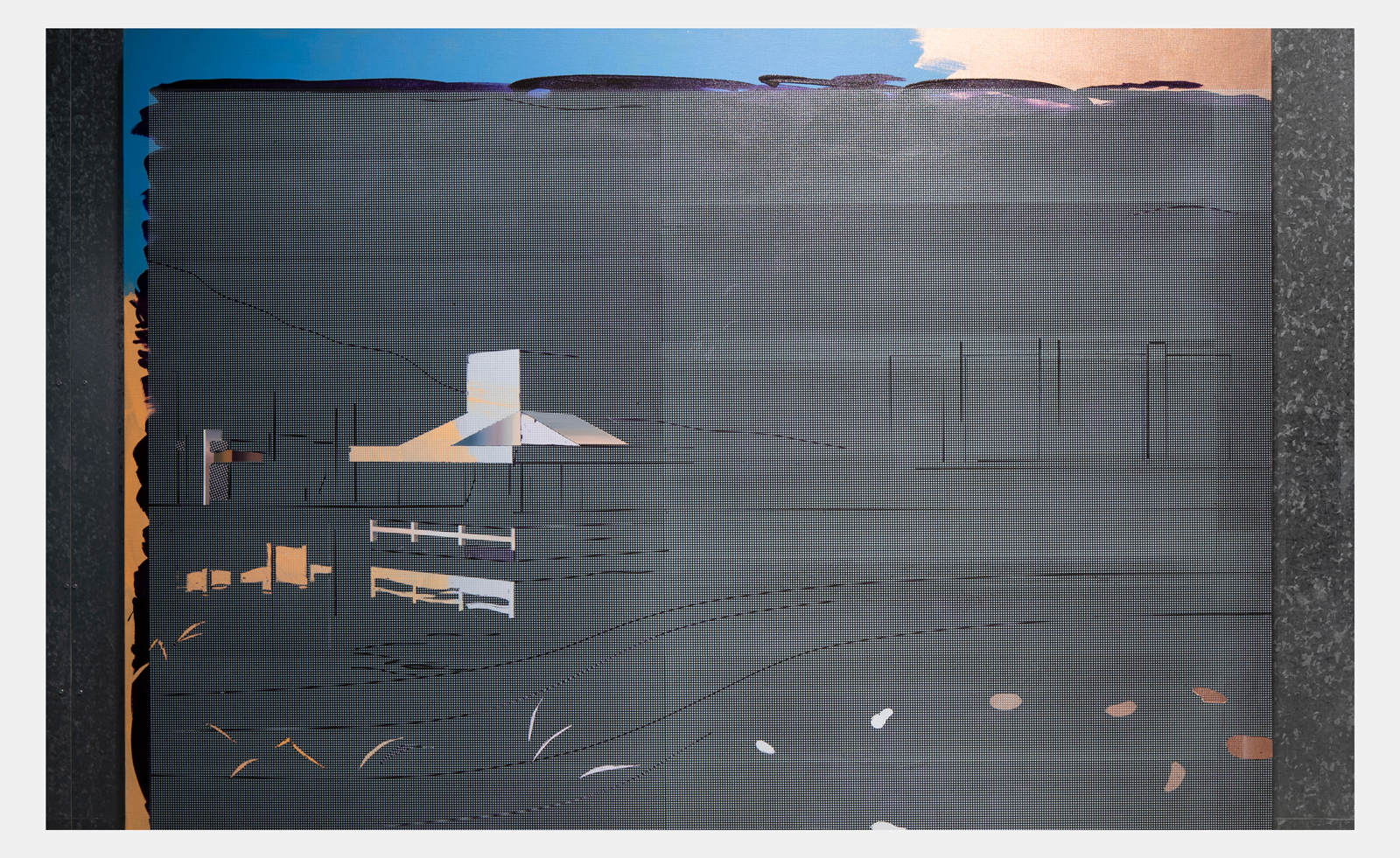
Shanghai artist Cui Jie is known for her sleek, architectural paintings of China’s ever-changing urban landscapes – so the infinite nothingness of space may, at first, seem an unlikely destination for her. Born at the beginning of the 1980s, during the onset of China’s Open Door policy and the rapid development of its cities, Jie explores this frenetic growth and the accompanying sense of spatial disorientation in her work. For the Shanghai Biennale 2023, however, the event's 14th edition, the artist has left terra firma behind, with three paintings made between 2019 and 2020 that respond to this year’s theme, Cosmos Cinema.
Cui Jie at the 14th Shanghai Biennale
In these works there is little of the imposing, densely layered configurations of glass and steel for which Jie is arguably best known. Instead, each large-scale canvas (the biggest more than two metres long) is immediately striking for its sparseness. In International Space Station (2019), the orbiting laboratory’s skeletal form is only partially distinguished from the dark void that otherwise dominates the canvas, while in The Rainfall Pavilion and the Lakeside Pavilion (2019), Jie selectively illuminates certain angles of a façade, with single lines merely suggesting the rugged outline of a shadowy surrounding landscape.
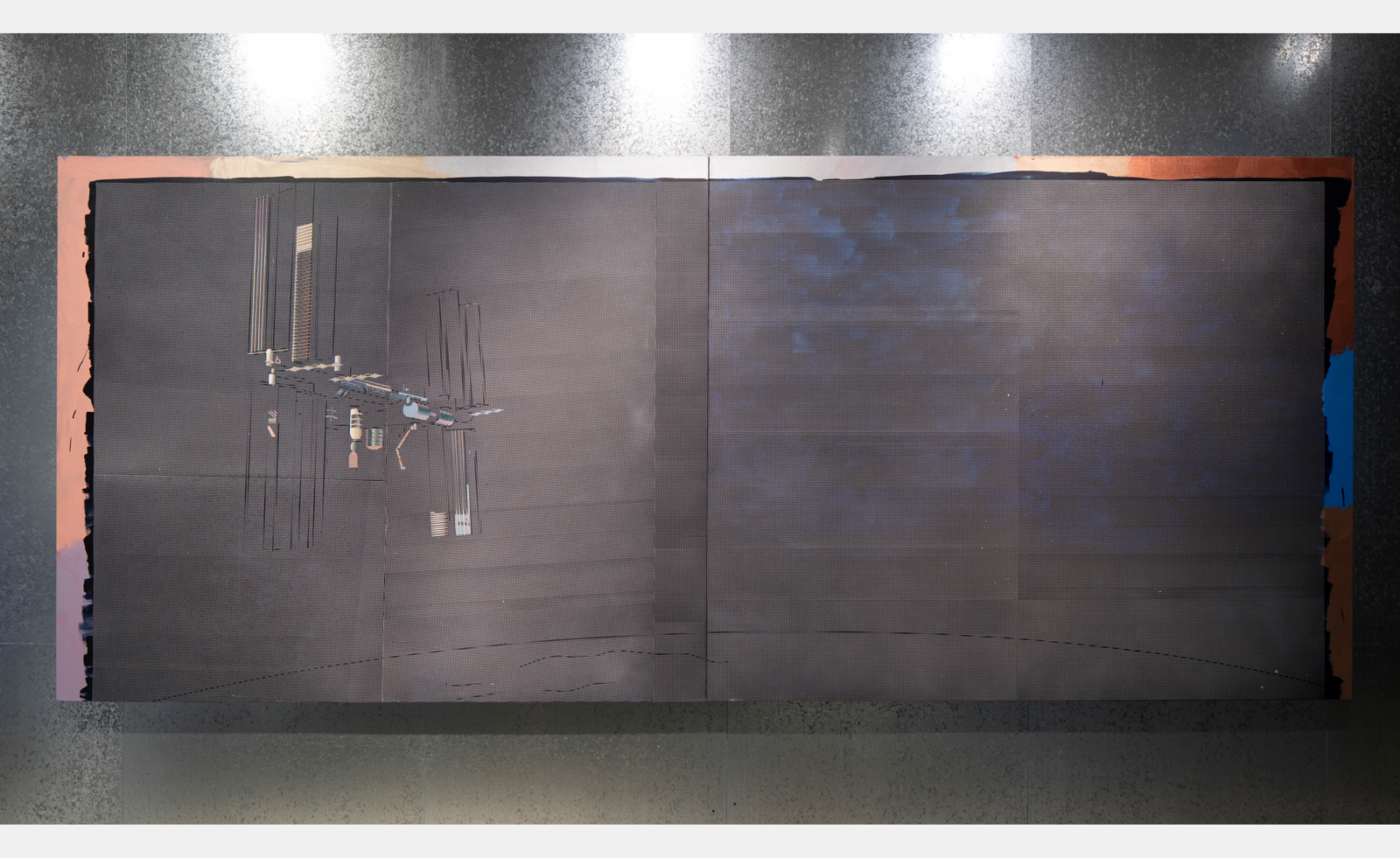
Cui Jie, International Space Station, 2019
Both works demonstrate Jie’s interest in territorial sovereignty and the intersection of competing national interests. In her first London solo exhibition, in 2019 at Pilar Corrias, for example, ‘From Pavilion to Space Station’, Jie drew from the layered history of pavilions built on Victoria Peak, a prominent hill in Hong Kong, that hybridise the architectural legacies of Japanese, British and Chinese rule. The illuminated fragments of a building in The Rainfall Pavilion and the Lakeside Pavilion are in fact taken from one such pavilion, built by Hong Kong architect Chung Wah-nan, whose work has often been referenced by the artist. Similarly, the International Space Station is intended as a symbol of global cooperation, but as Russia’s impending departure demonstrates, it also operates as a place of conflict.
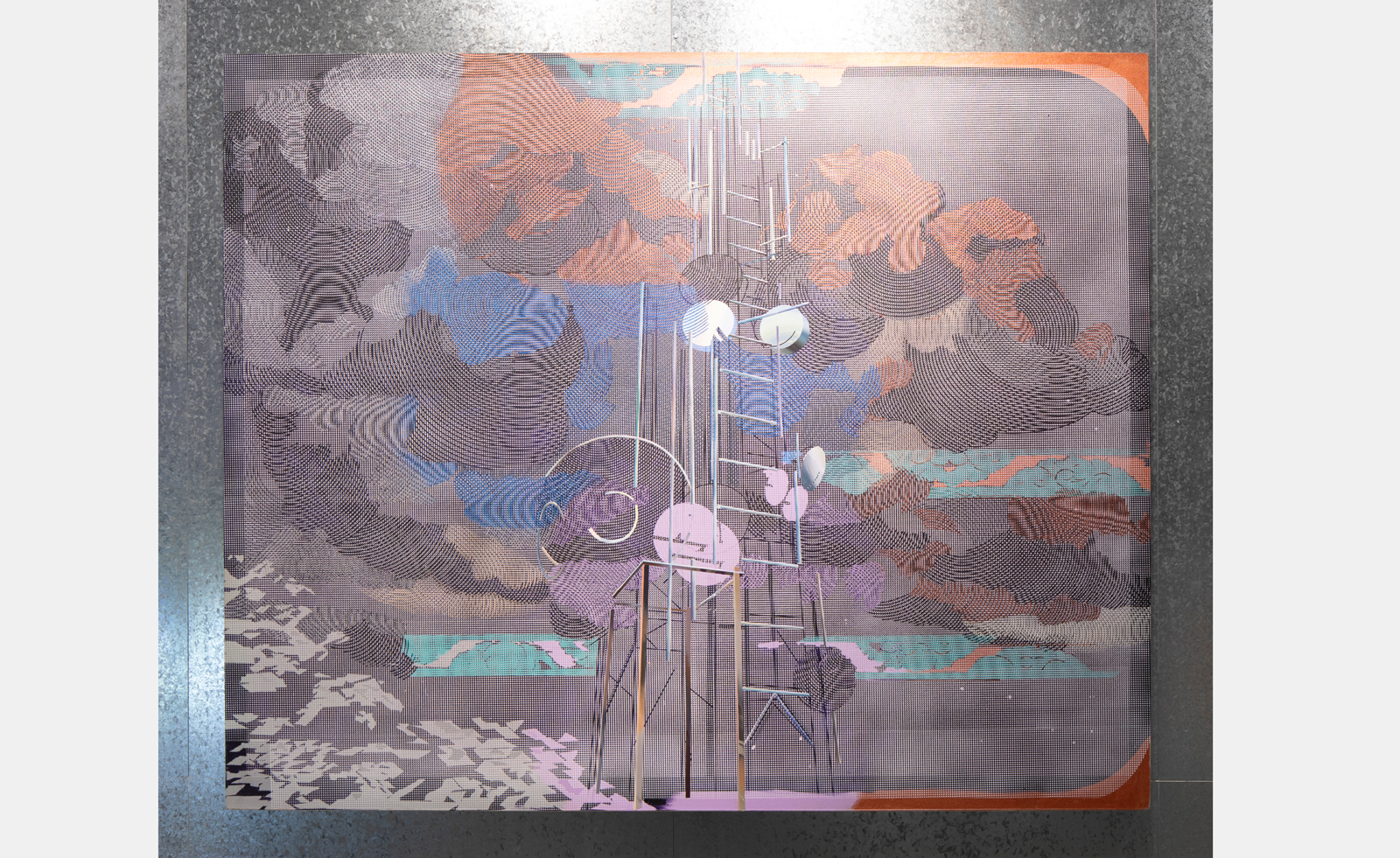
Cui Jie, Base station #2 (2020)
Base station #2 (2020) completes the trio of paintings: a satellite mast extending into a dramatic night sky. As often in her work, Jie’s use of colourful underpainting is revealed at the margin of the canvas, swirls of vibrant pools that echo the clouds at its centre. With their gestural forms, these clouds stand in contrast to the sharp geometric lines of the mast and gridded, graph-paper appearance of Jie’s paintings. Like the satellite and the space station, both key communicative infrastructures, these grids serve as the digital webs of data flow that defy international boundaries and, for better or worse, bind us together. Jie’s work reveals how these ties now extend into the cosmos, ready to shape an uncertain future.
The 14th Shanghai Biennale, Cosmos Cinema, runs until 31 March 2024 at the Power Station of Art, powerstationofart.com
Receive our daily digest of inspiration, escapism and design stories from around the world direct to your inbox.
Finn Blythe is a London-based journalist and filmmaker
-
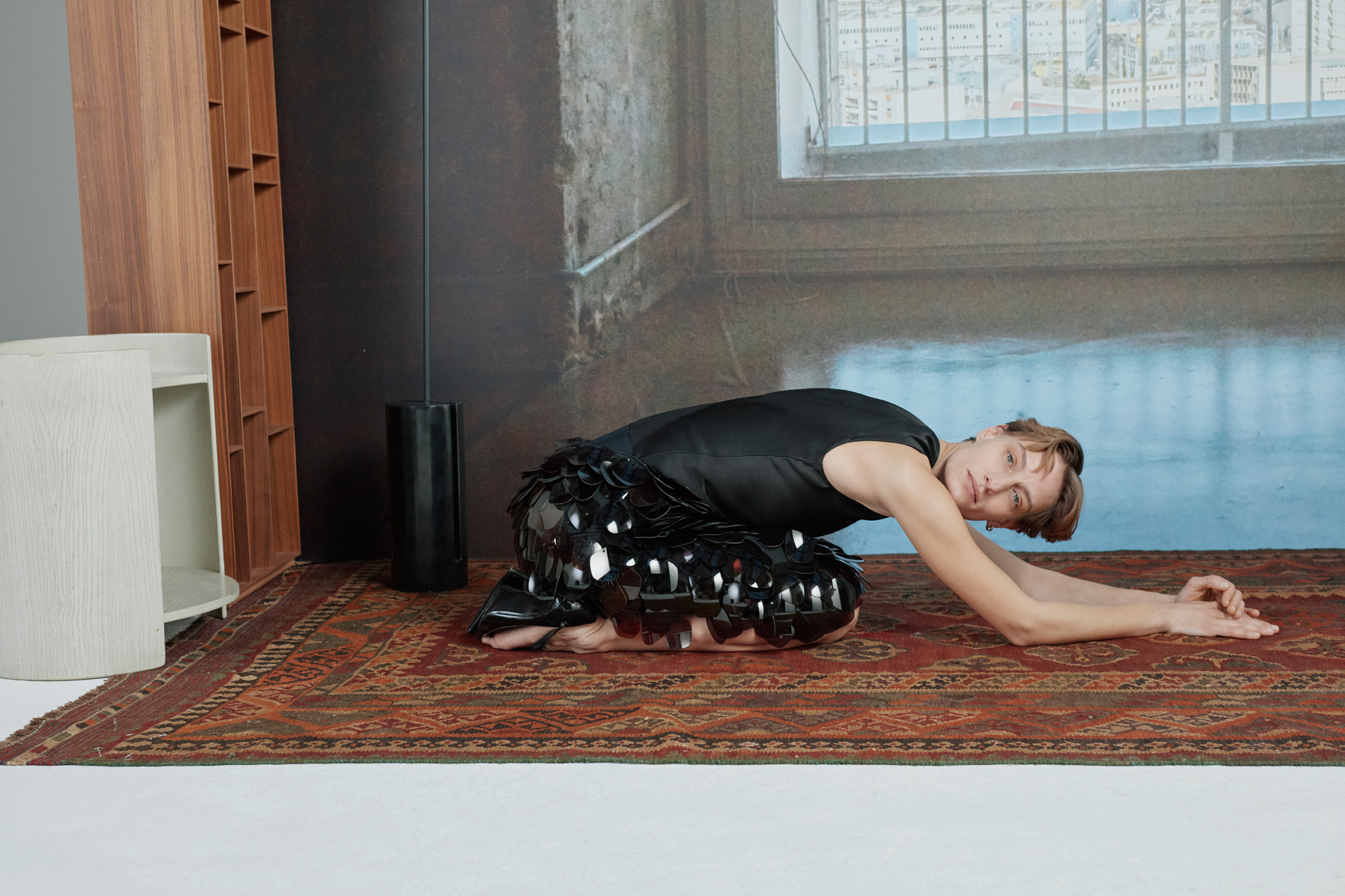 What one writer learnt in 2025 through exploring the ‘intimate, familiar’ wardrobes of ten friends
What one writer learnt in 2025 through exploring the ‘intimate, familiar’ wardrobes of ten friendsInspired by artist Sophie Calle, Colleen Kelsey’s ‘Wearing It Out’ sees the writer ask ten friends to tell the stories behind their most precious garments – from a wedding dress ordered on a whim to a pair of Prada Mary Janes
-
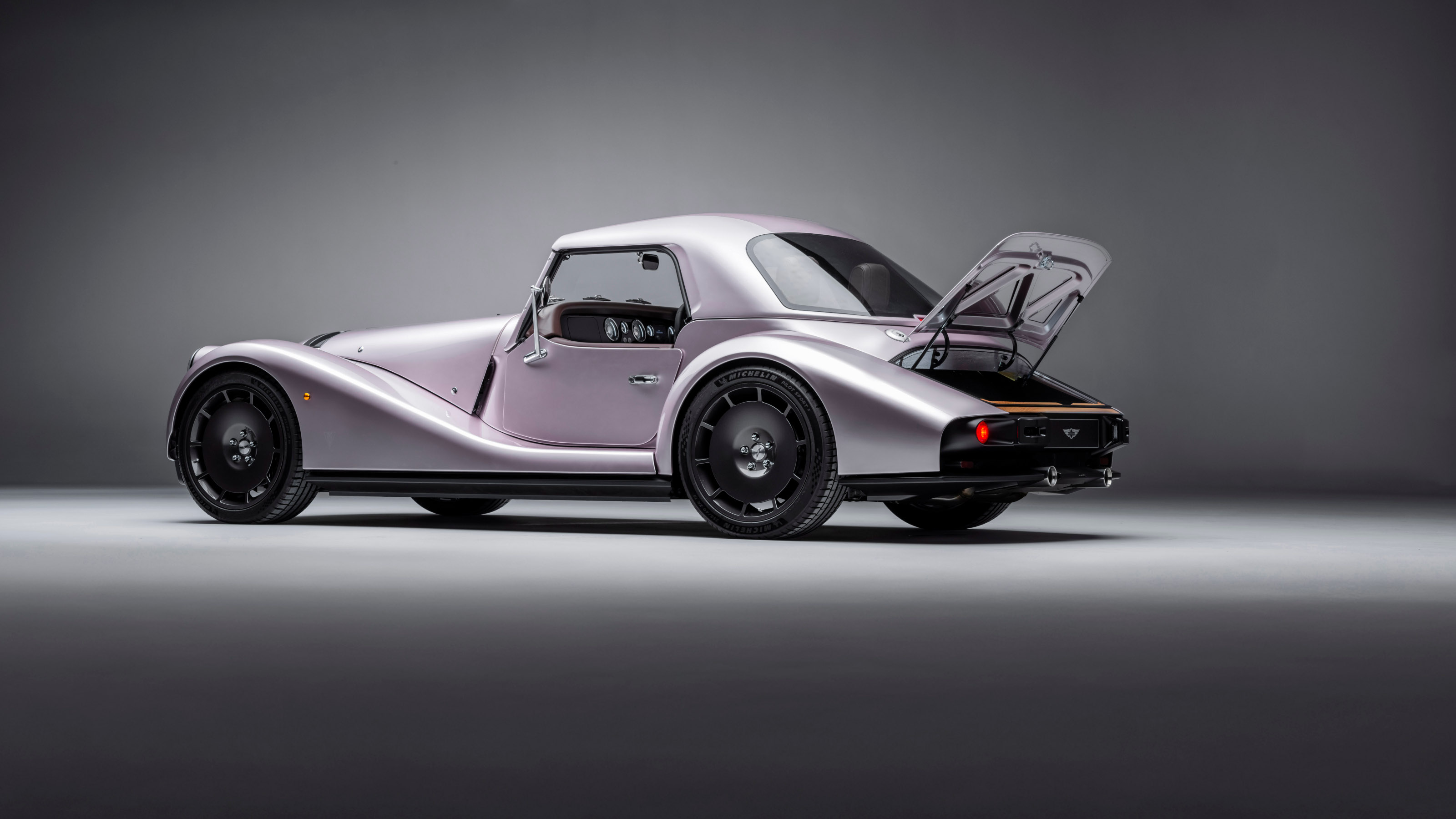 Year in review: 2025’s top ten cars chosen by transport editor Jonathan Bell
Year in review: 2025’s top ten cars chosen by transport editor Jonathan BellWhat were our chosen conveyances in 2025? These ten cars impressed, either through their look and feel, style, sophistication or all-round practicality
-
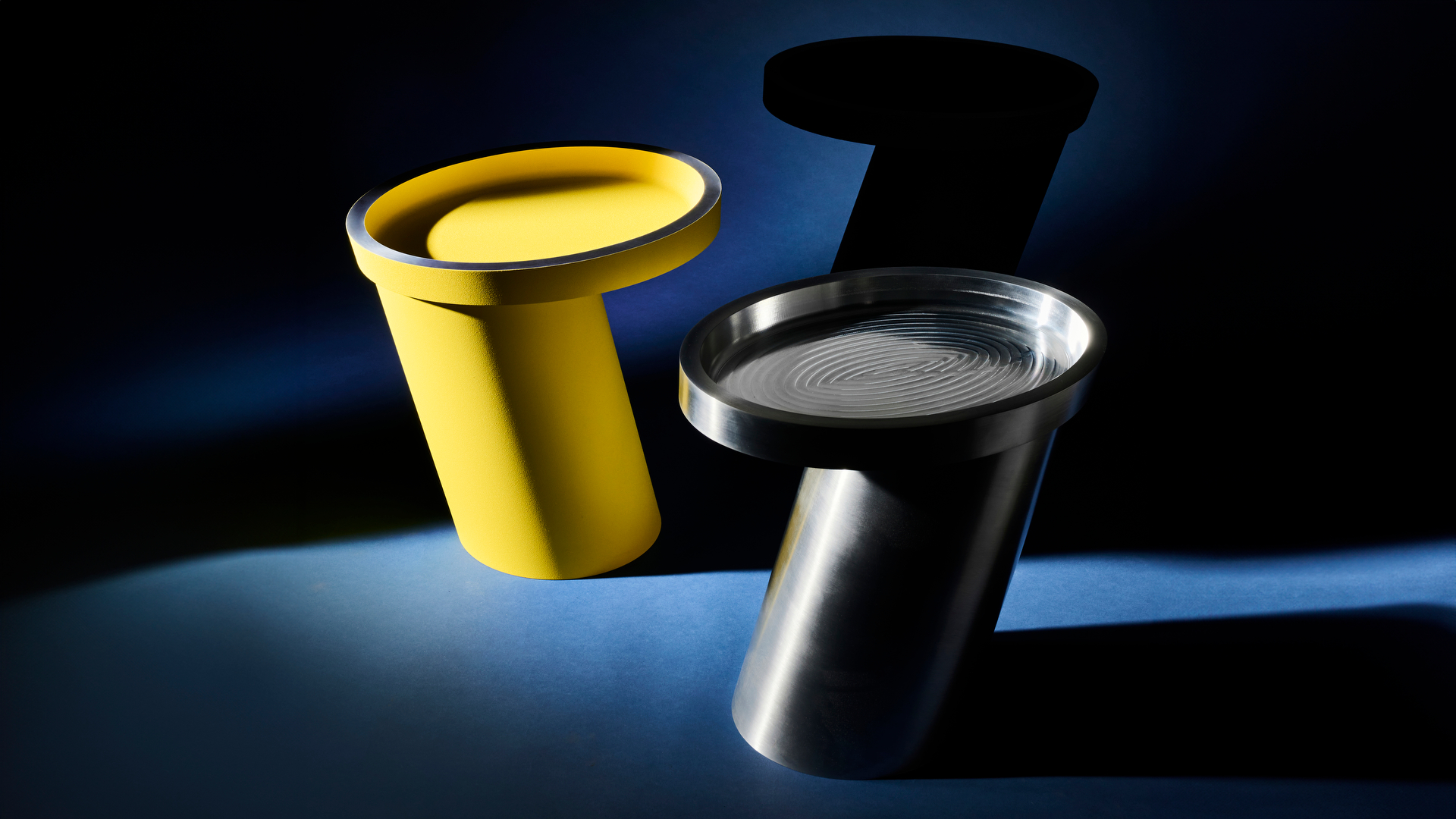 Eddie Olin's furniture that merges heavy metal with a side of playfulness
Eddie Olin's furniture that merges heavy metal with a side of playfulnessWallpaper* Future Icons: London-based designer and fabricator Eddie Olin's work celebrates the aesthetic value of engineering processes
-
 What is RedNote? Inside the social media app drawing American users ahead of the US TikTok ban
What is RedNote? Inside the social media app drawing American users ahead of the US TikTok banDownloads of the Chinese-owned platform have spiked as US users look for an alternative to TikTok, which faces a ban on national security grounds. What is Rednote, and what are the implications of its ascent?
-
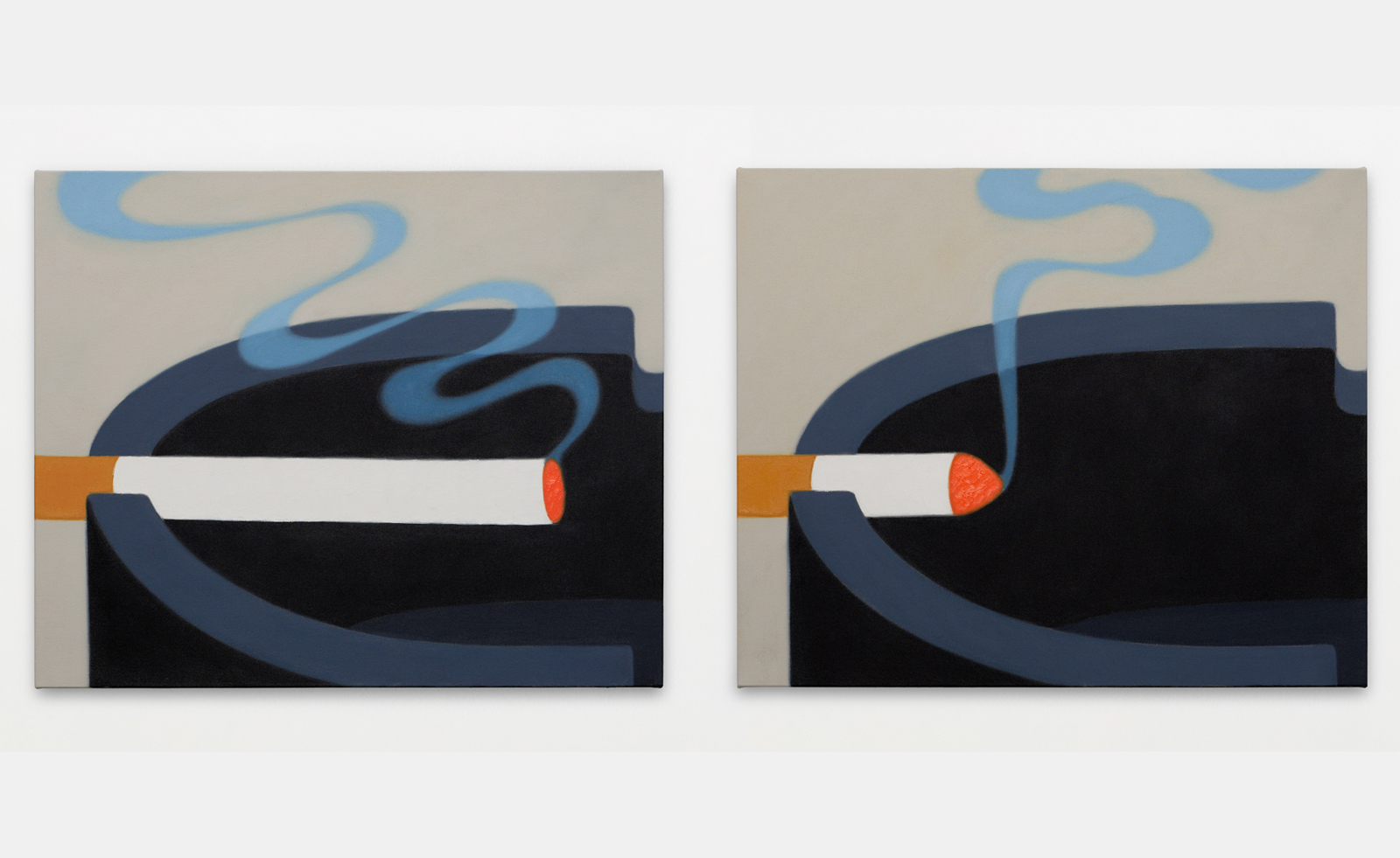 Henni Alftan’s paintings frame everyday moments in cinematic renditions
Henni Alftan’s paintings frame everyday moments in cinematic renditionsConcurrent exhibitions in New York and Shanghai celebrate the mesmerising mystery in Henni Alftan’s paintings
-
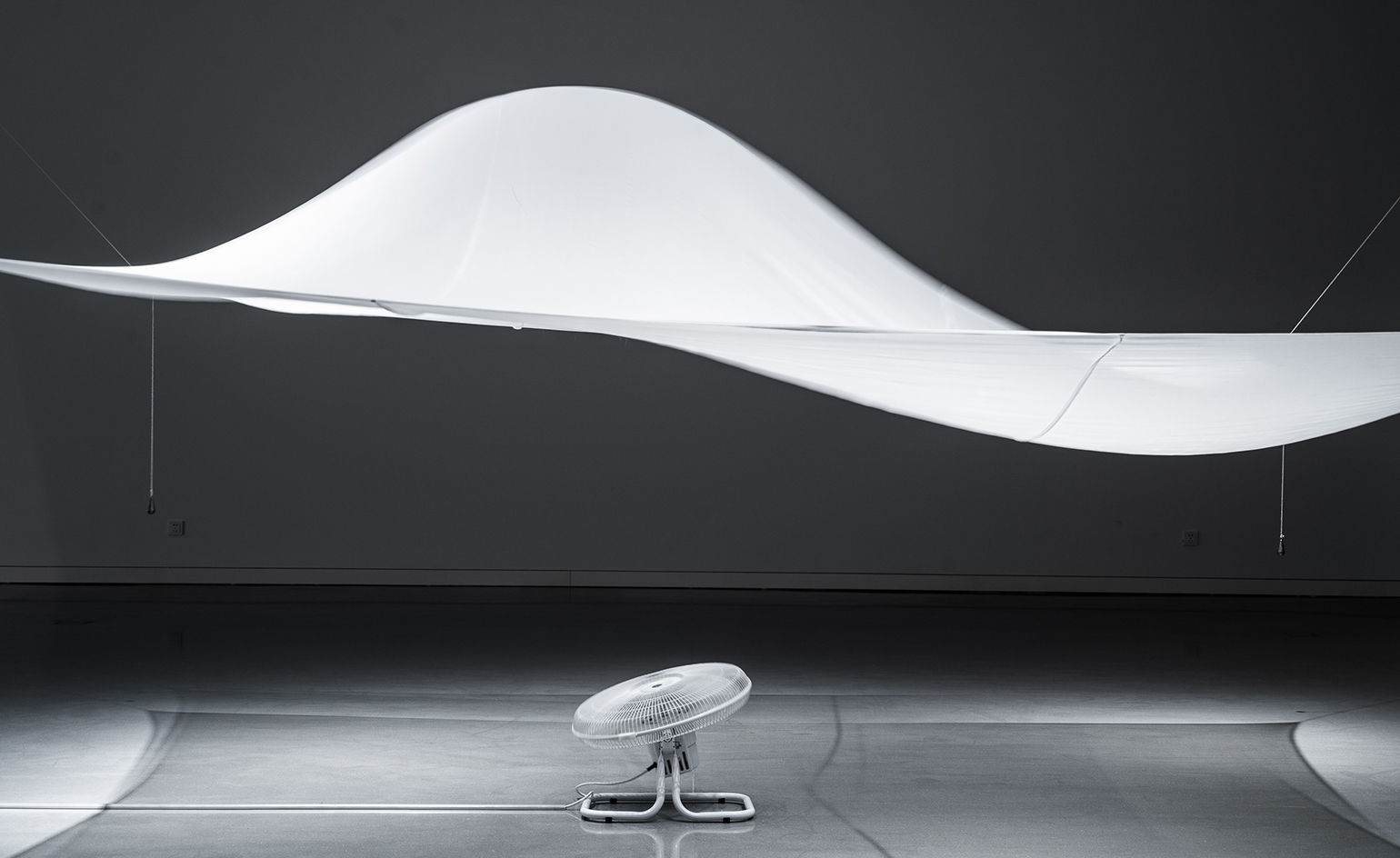 ‘A Show About Nothing’: group exhibition in Hangzhou celebrates emptiness
‘A Show About Nothing’: group exhibition in Hangzhou celebrates emptinessThe inaugural exhibition at new Hangzhou cultural centre By Art Matters explores ‘nothingness’ through 30 local and international artists, including Maurizio Cattelan, Ghislaine Leung, Hiroshi Sugimoto, Liu Guoqiang and Yoko Ono
-
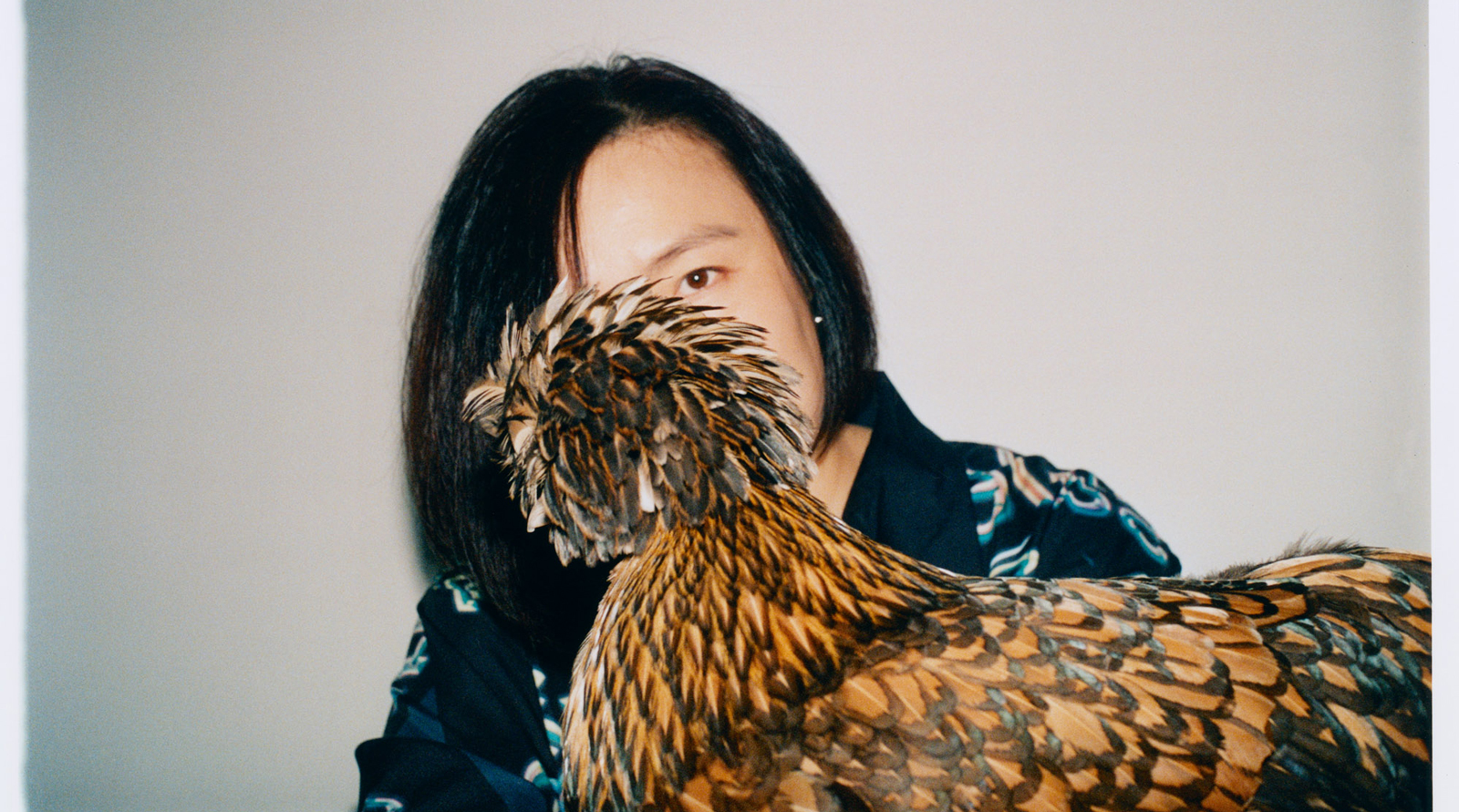 Cao Fei’s dystopian fantasies fuse art and technology
Cao Fei’s dystopian fantasies fuse art and technologyChinese artist Cao Fei’s dystopian art tackles themes such as the automation of labour, hyper-capitalism and the effect of a global pandemic. Having just completed her first major solo show in Beijing, the prolific winner of the 2021 Deutsche Börse Photography Foundation Prize is going global, with her retro-futuristic take on contemporary life now the subject of exhibitions from Los Angeles to Rome, and a 20-page portfolio for Wallpaper*
-
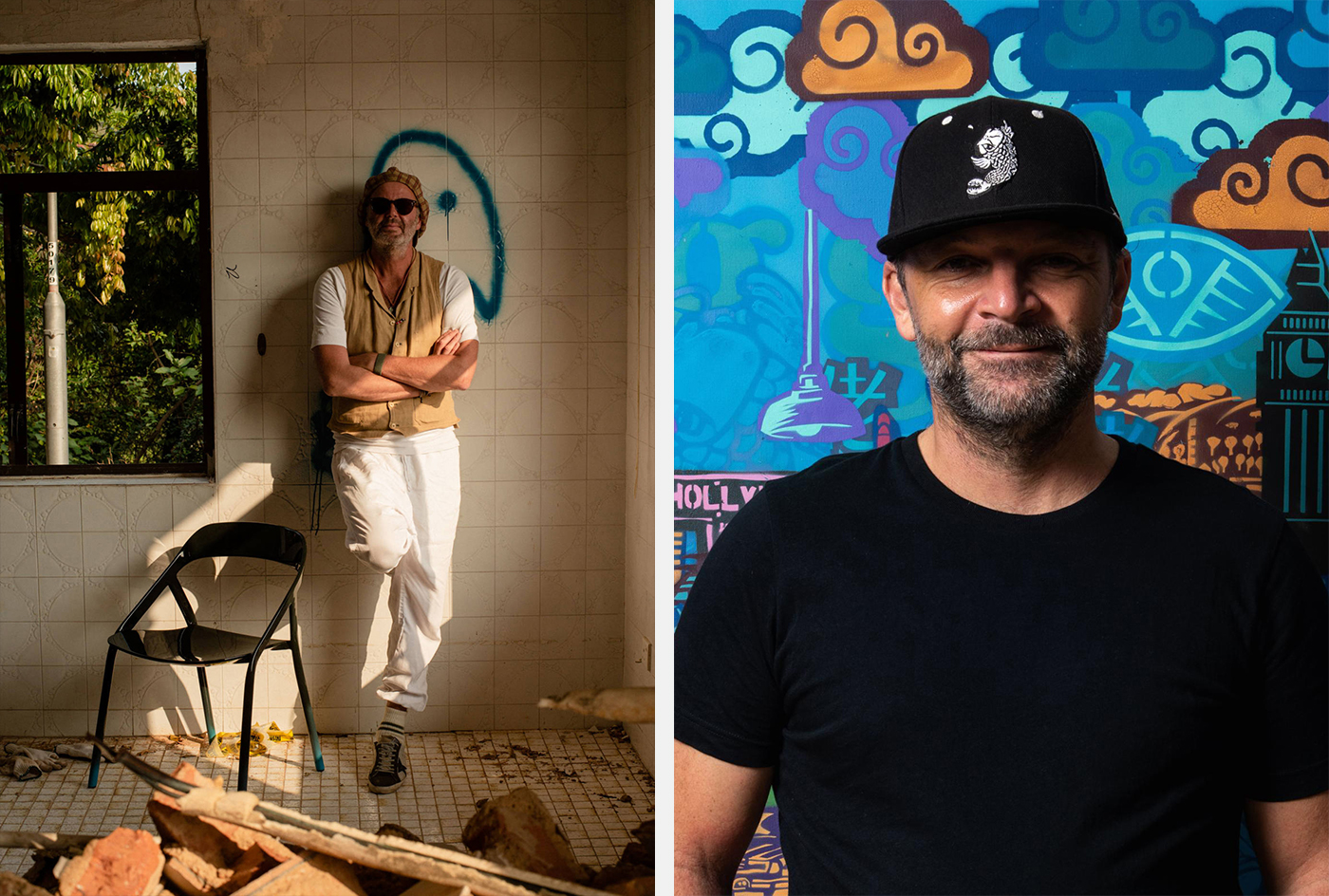 Hong Kong through artists’ eyes
Hong Kong through artists’ eyesHong Kong’s buzzing art and design scene, explored through the eyes of two creatives drawn to practise in the city
-
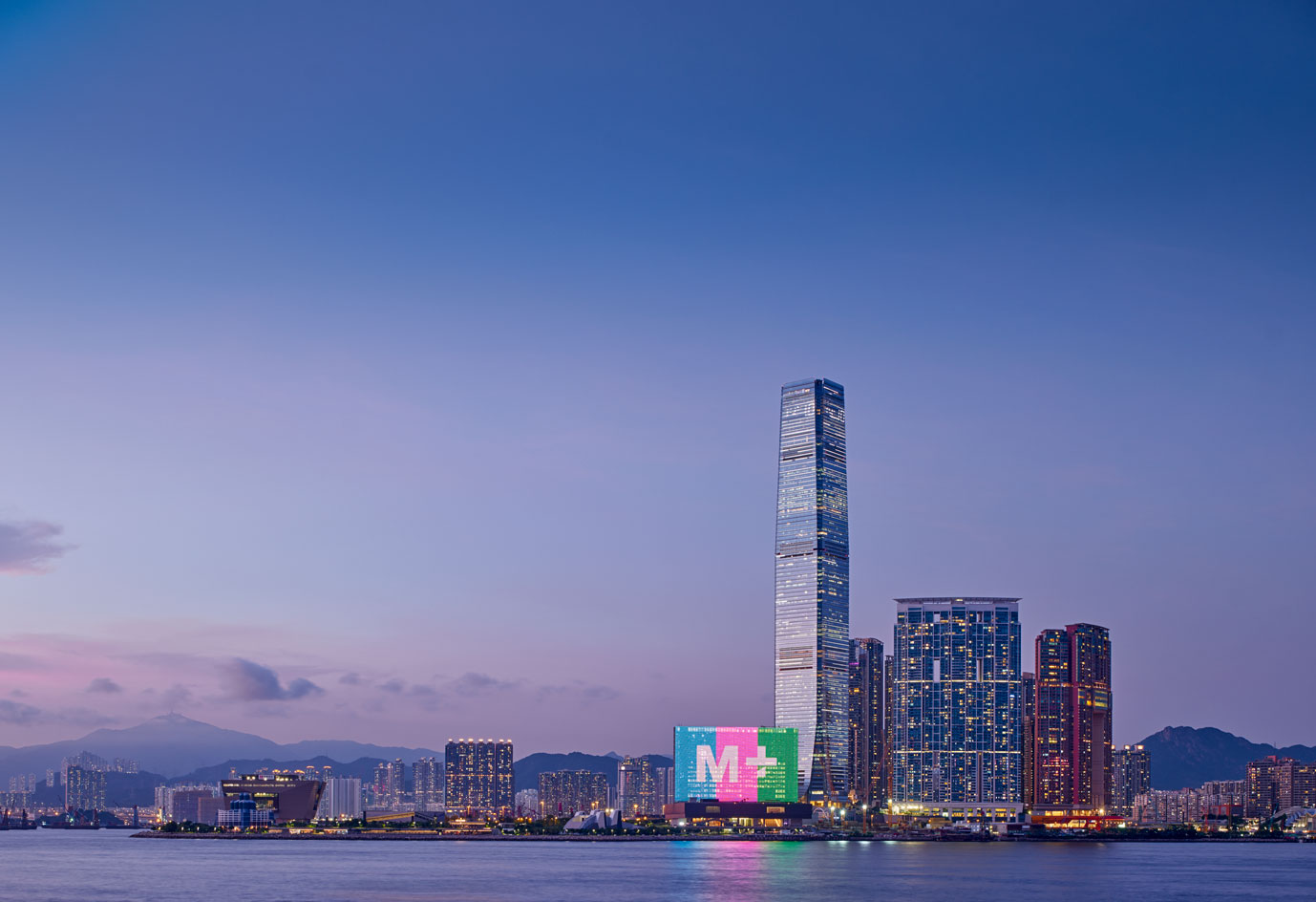 Hong Kong’s M+ Museum to open with six thematic shows
Hong Kong’s M+ Museum to open with six thematic showsAsia’s first global museum of contemporary visual culture will open on 12 November in Hong Kong’s West Kowloon Cultural District, with six themed shows spanning art, design and architecture
-
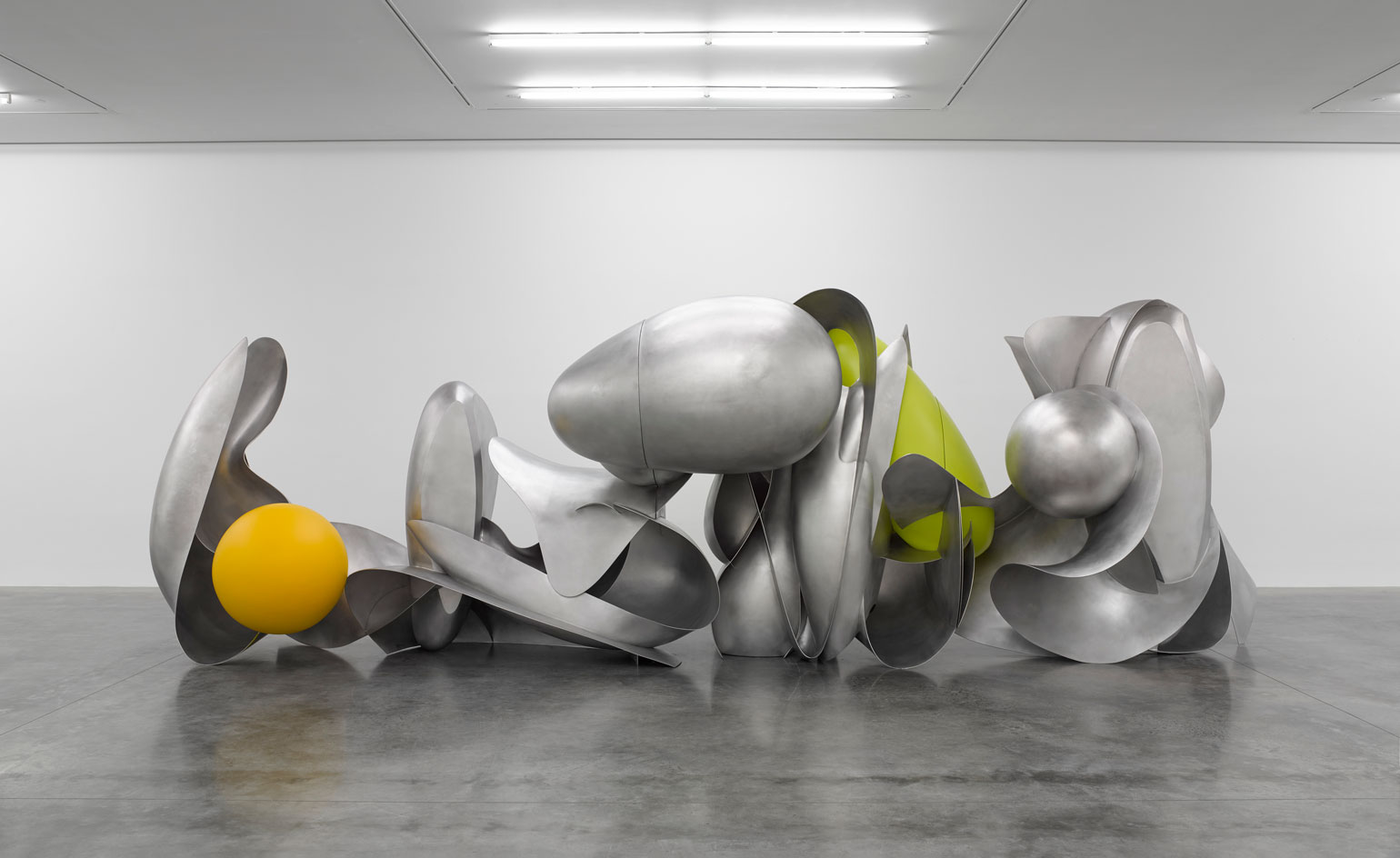 Architectural futurism and urban ‘nudity’: Liu Wei at White Cube
Architectural futurism and urban ‘nudity’: Liu Wei at White CubeWhat is urban space without bodies? Chinese artist Liu Wei describes his eerie exploration of deserted cityscapes at White Cube Bermondsey
-
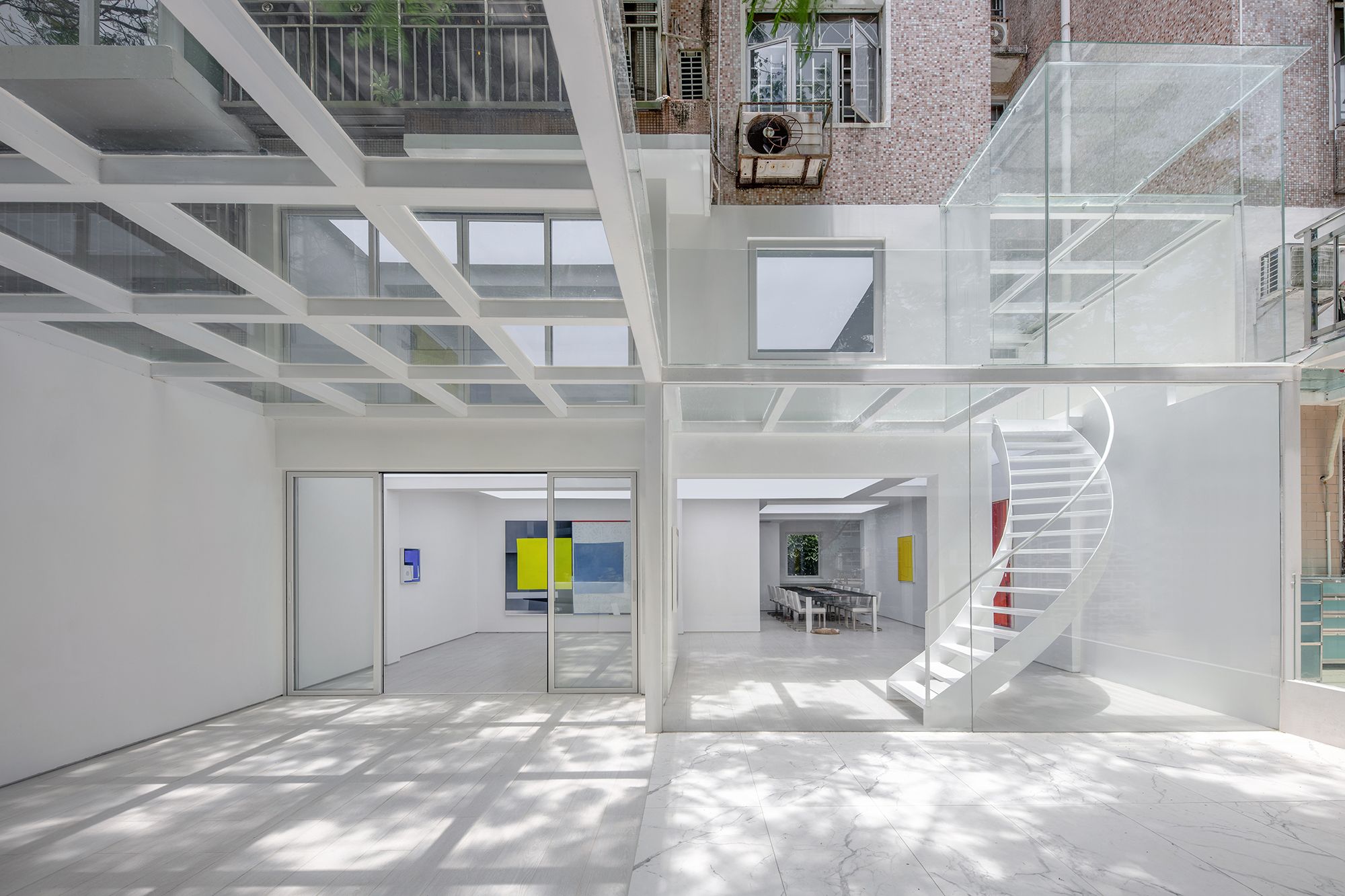 Ethereal minimalism infuses Shenzhen’s KennaXu Gallery
Ethereal minimalism infuses Shenzhen’s KennaXu GalleryKennaXu Gallery, designed by Da Integrating, is a new Shenzhen contemporary art space created through the transformation of an old residential unit into a haven of ethereal minimalism